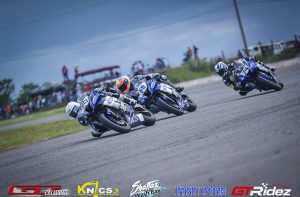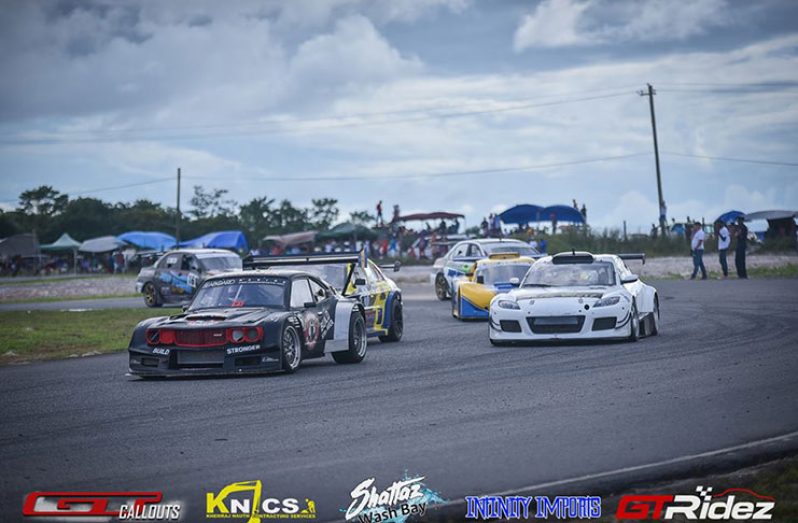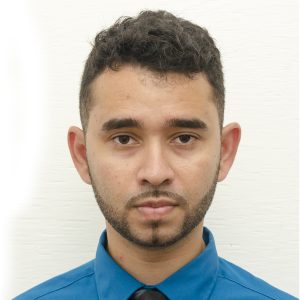… Group One added, Group Four re-merged
TWO new classes have been added to the annual Seaboard Marine Caribbean Motor Racing Championship (CMRC) for the year 2018.
The much-touted ‘Group Five’ for unlimited machines and a special Group One ‘BMW Cup’ have now been introduced into the fray for the four-leg championship which begins in March.
According to the rulebook, “The purpose of this group is to allow cars, primarily purpose-built racing sports cars, not being based on any production car for which a minimum of 2500 units were manufactured in any single year to compete in the CMRC. Other cars that cannot meet the minimum weight of the other groups, can also race in this group.”
This class will encompass both four-wheel-drive (4WD) and two-wheel-drive (2WD) machines.
During the last two years, there have been several back-and-forth discussions between drivers and organisers regarding the eligibility of several cars in the group four class, with some claiming that purpose-built racecars that entered posed an unfair advantage to those modified locally.
Group Four ‘re-merged’
Again another buck-bearer for officials, the 2018 rules feature the re-merging of the group four class from an AWD and 2WD class into what it was in 2014 one standard group.
The reason for the slit was that the AWD cars were substantially faster than their 2WD opponents and often had an unfair advantage.

This time around, the body has opted to curb that with the introduction of a data logger – “all forced induction engine must have a data logger fitted that monitors the boost and other engine parameters. This will allow boost levels to be monitored and adjusted to ensure fair performance between all cars”.
It also features a ceiling of 5000cc naturally aspirated engines or a 2600cc force induced (turbo-charged or supercharged) with the Mazda Rotaries being pegged at 1146cc for the 12A, 13B at 1308cc and the 20B at 1962cc.
This year the weight standards will remain the same, with car and driver weights being calculated in lb. per cc values. The maximum weight is 2763 lb.
Those cars that exceed these factors can opt to run in the group 5.
Group three ‘tunnel’ issues
The major change in group three governs bodywork which states “The transmission tunnel may be modified or replaced with one fabricated from steel of original thickness as well as the housing and brackets for a rear axle.
The floor structure between the front windscreen and the point on the floor that the front of the back seat would be can only modified to accommodate exhaust systems, roll cages, battery boxes, seats, fuel and oil tanks.

Any material removed to accommodate the above items must be replaced with material of the same type and thickness. The floor area between the front of the rear seat section and the rear of the car may be replaced with a lighter material but must still remain sealed. Original brackets inside the body structure can be removed.
Lightening of the interior panels above the floor level can be done
There have also been restrictions on the wheel arches, bumpers and other aerodynamic devices to not exceed a 6-inch extension beyond the original car plan
Group 2 ‘rotary inside’
The biggest change to the group two class will be the introduction of the 13B rotary engine.
According to the rulebook, Modifications are unrestricted but must retain production block and cylinder head castings. The12A rotary engine porting is free while the 13B rotary engine should have no peripheral porting.
The out of family engine-body swap continues to be outlawed in this group
Group one
This group makes its way into the series as a low power, low budget option to those who want to enter a regional battle royal. It primarily features no force-induced engines and utilises the BMW M44b19 engine type, mirroring the rules of the popular ‘Bimma cups’ of Barbados.
The modification to the actual body work of the car is limited and not many changes can be made to the engine parts except with standard OEM parts.
Superstock Motorcycles
While the rules in this series remain primarily the same for the 2018 season, the regulations now allow for an alternative aftermarket brake cylinders for both the front and rear master cylinders.
According to the rulebook, this was made in the interest of safety as many standard production bikes were not made for racing purposes and may fail.
The new regulations also allow for the sprocket cover to be modified but a guard must be present to stop trapping between chain and sprocket.


.jpg)











